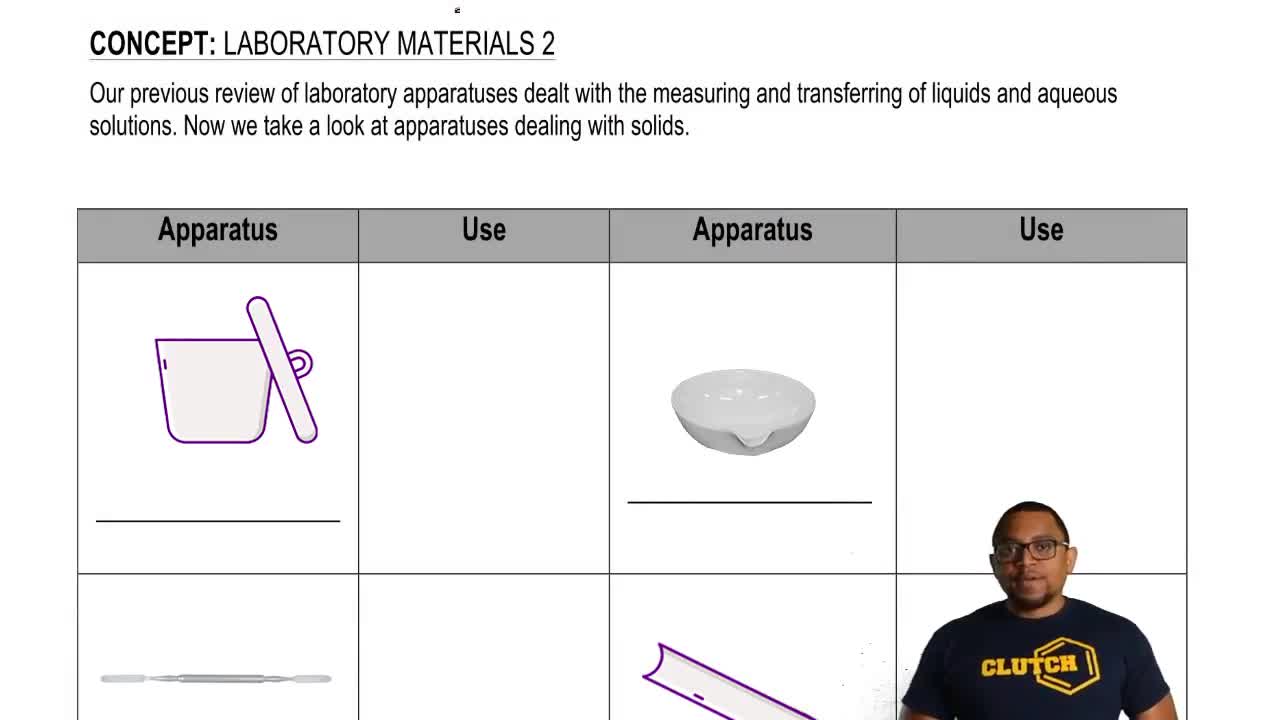Here are the essential concepts you must grasp in order to answer the question correctly.
Band Gap Energy
The band gap energy is the energy difference between the valence band and the conduction band in a semiconductor. It determines the electrical conductivity and optical properties of the material. A larger band gap typically means that the material can operate at higher temperatures and has better insulating properties, while a smaller band gap allows for easier electron excitation, leading to better conductivity.
Recommended video:
Intepreting the Band of Stability
Semiconductor Materials
Semiconductors are materials that have electrical conductivity between that of conductors and insulators. They are characterized by their band gap, which can be manipulated through doping or by changing temperature. Common semiconductor materials include silicon, germanium, cadmium sulfide (CdS), and cadmium telluride (CdTe), each with unique properties that make them suitable for different applications in electronics and optoelectronics.
Recommended video:
Comparison of CdS and CdTe
Cadmium sulfide (CdS) and cadmium telluride (CdTe) are both II-VI semiconductors, but they have different band gap energies. CdS has a wider band gap of approximately 2.42 eV, while CdTe has a narrower band gap of about 1.5 eV. This difference in band gap influences their applications, with CdS being more suitable for optoelectronic devices that require higher energy photons, while CdTe is often used in solar cells due to its efficient light absorption.
Recommended video:
Oxyacid Strength Comparison




